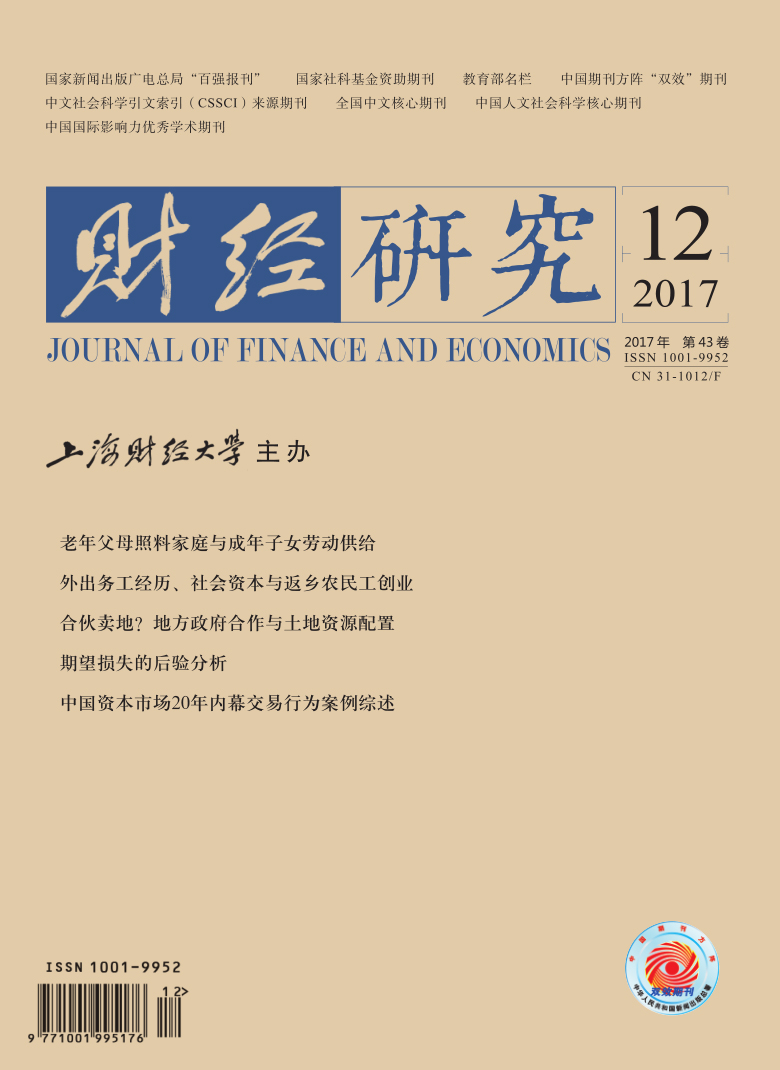After more than 20 years of development, China's capital market basically integrates with the developed capital markets in the aspects such as institutional arrangement, trading rules and regulatory methods, but has been plagued by insider trading, stock manipulation and other illegal acts. Learning from the regulatory experience of developed capital markets, to crack down on insider trading will continue to be the focus of China's securities regulators for a long time. With further development of China's capital market, specific insider trading behaviors are becoming more complex and hidden, which is bound to require that the regulatory approaches should also be constantly adjusted to meet insider trading regulatory requirements.
Thus, this paper analyzes the characteristics of insider trading cases investigated and dealt with in the past two decades of China's capital market, trying to reveal general characteristics and trends of insider trading behavior, and to provide empirical supports for regulatory authorities to effectively prevent and guard against insider trading. Based on the 196 insider trading cases investigated and dealt with by Chinese securities regulators and judicial authorities from 1994 to 2015, this paper analyzes and sums up general characteristics and trends of cases in three dimensions, namely insider trading legal liability types, insider trading violation characteristics and insider trading supervision characteristics.
This paper shows that insider trading cases present the following features:firstly, punishment of insider trading is mainly punishable by administrative penalty, and civil compensation is basically rare; secondly, insider traders are mainly legal insiders, while there is a tendency to spread to non-legal insiders, and show the phenomenon of cronyism, complication of personal identity and more public officials; insider trading mainly occurs in the activities of mergers and acquisitions; the interests of insider trading are huge, and related illegal profits are high; thirdly, the law enforcement efforts of insider trading have been enhanced, which significantly improves the efficiency of case handling; but penalties for insider trading are lighter, and deterrence of insider trading is not strong; fourthly, in terms of time series, in different law enforcement environment, the enforcement effects vary with different law enforcement environment during different periods, but the law enforcement efforts and efficiency of the overall insider trading are increasing rapidly.
In addition, combining with the new features and trends, this paper also analyzes the characteristics of two typical types of new insider trading behaviors, and puts forward the corresponding countermeasures. The main contribution of the paper is to use the latest and comprehensive case data to analyze the real insider trading cases investigated and dealt with by the securities regulators and judicial authorities in the Chinese capital market in the past two decades, and to extract the characteristics and trends, which is a useful extension and supplement to this field.
The conclusions of this paper also have important implications for the supervision of insider trading in capital market, and provide empirical support for cracking down on and preventing insider trading and revising the legal system of insider trading. In view of the existing problems in the law enforcement system, this paper puts forward the following suggestions:(1) to expand the scope of the insiders, and improve the corresponding legislation; (2) to standardize the information disclosure behavior of listed companies to prohibit insider trading from the source; (3) to improve the legal system of law enforcement, especially the convergence system of administrative punishment and criminal punishment; (4) to establish civil compensation system for punishment to increase the costs of illegal insider trading.






 9144
9144  5437
5437

